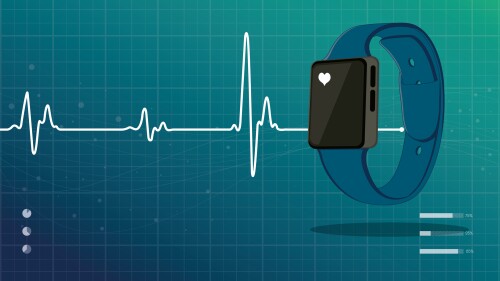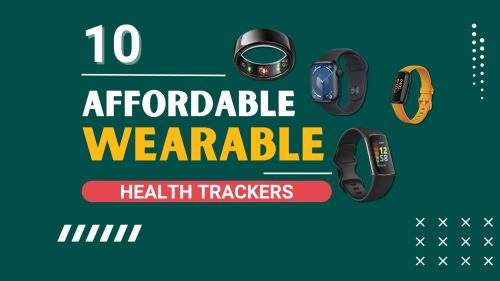BREAKING NEWS
Following an EMS study, Grant County Fire District 3 will add an ALS intercept unit to cut response times and strengthen coverage without increasing the EMS levy
A viral union-released video captures a Cleveland EMS medic being pulled to the ground during a violent assault, prompting renewed calls for stronger protections
Brownsville residents gathered to learn how to stop life-threatening bleeding with hands-on skills to help shooting victims before EMS arrives
DeKalb County has approved a new contract with American Medical Response, betting that added funding, resources will improve response time
A 26-year-old woman suffered life-threatening burns after a man allegedly set her on fire during an argument aboard a CTA Blue Line train
EXCLUSIVES
SPECIAL REPORTS
UPCOMING & ON-DEMAND EVENTS
How technological advances influence PSAPs and ECCs and redefine the public safety ecosystem
Join this discussion with real-life spouses Mike Taigman and Sascha Liebowitz, on how to repair burnout by reconnecting with loved ones and mitigating the impact of the job on your relationships.
Taking a deeper look into the role of technology in public safety, our presenters offer insights into current technology use, and how it can save lives.
Join us for a discussion of the 2021 EMS Trend Report’s findings and strategies to combat the major issues facing EMS
You wouldn’t make cookies with just a fraction of the ingredients, why would you make decisions without all the data?
Learn how mental health support programs can alleviate stress in the workplace
Relationships and trust are the foundation of partnerships and contracts
Find out the latest on how your agency can access ARP and other funding opportunities, as well as guidance around proposals, tactics and strategies
Data collected throughout the first half of the year help agencies and departments improve performance and service
Best practices for infection control before, during and after assessment, treatment and transport of 3 common EMS patient scenarios
Explore ongoing research into fatigue and strategies to both prevent and manage it
A PCR can take 10 times longer than the call, but this webinar can help EMS agencies cut that time and provide complete call information
INDUSTRY INSIGHTS
Discover the benefits of hosting an au pair
These durable, ergonomic mounts help safeguard cardiac monitor investments and streamline the continuum of care
Protecting providers starts with a glove that won’t easily fail
Lessons from agencies mastering real-time collaboration under pressure
Suppliers may be wary of sharing their stocks with new EMS programs, but this platform can help ensure they’re used right
OFF DUTY
Short on time and space? Check out these products to help get a workout in no matter where you are in your day
Books
In a moment of global uncertainty, first responders and frontline workers stepped up when humanity needed them most; these are their stories.
Hit your fitness goals without breaking the bank
Using an online tax preparation service or working with a public safety tax preparation expert might save you time and money. Here’s what to know.
Every little bit helps; find out which fitness clubs give first responders the most bang for their buck
It could take more than a year to adjust benefits and disburse retroactive payments following the passage of the Social Security Fairness Act — here’s how to prepare
From coffee, to healthy snacks and hydration options, make sure your EMS crews have everything they need to recharge between shifts with cost-saving subscription options
Common agents used in drug-facilitated sexual assault: How to recognize them and how they impact care
The 1970s drama introduced audiences to the world of paramedics and left a lasting impact on the EMS profession. Here’s where to watch and how to celebrate its legacy.
Tough shifts demand tough feet — fix the pain now or it’ll take you out later
PRODUCT RESEARCH CATEGORIES
The EMS1 Ambulance Safety product category is a collection of information, product listings and resources for researching Ambulance Safety solutions.
The EMS1 Fleet Management product category features information and resources for researching EMS Fleet Management and Ambulance Fleet Management products and programs.
The EMS1 Mobile Computers product category features products and information for researching EMS mobile computers and equipment, covering a variety of mobile computers used for managing data in the field and on the move.
The EMS1 Radios product category features products and information for researching EMS radios, covering communications equipment, communications interoperability, wireless handsets and EMS radio-related equipment.
The EMS1 Communications Interoperability product category features products and information for researching Communications Interoperability solutions, including interfaces, P25 radios and other mobile and stationary technologies.
The EMS1 EMS Body Armor product category features information, product listings and resources for researching body armor equipment and accessories for EMS.
Ambulances and specialty vehicles are crucial for delivering emergency medical services (EMS) in diverse environments, ranging from urban settings to remote areas. This topic covers vehicle types, configurations, design standards, and customization options for specific missions such as critical care transport, bariatric response, and tactical EMS. Understanding the capabilities and limitations of different vehicles enables agencies to select the most suitable platform for their specific needs. Vehicle safety, maintenance, and procurement are also explored. For details on enhancing vehicle functionality, see Ambulance Accessories. Explore the articles in this topic to learn more about selecting and managing EMS response vehicles.
The EMS1 Neonatal/Pediatric product category features products and information for researching EMS pediatric equipment, covering a variety of patient handling, CPR, training equipment and more.
The EMS1 Medical Equipment & Supplies category features products and information for researching EMS medical products, including a variety of ambulance supplies, patient handling, pediatric equipment and other EMS-related medical supplies.

















































